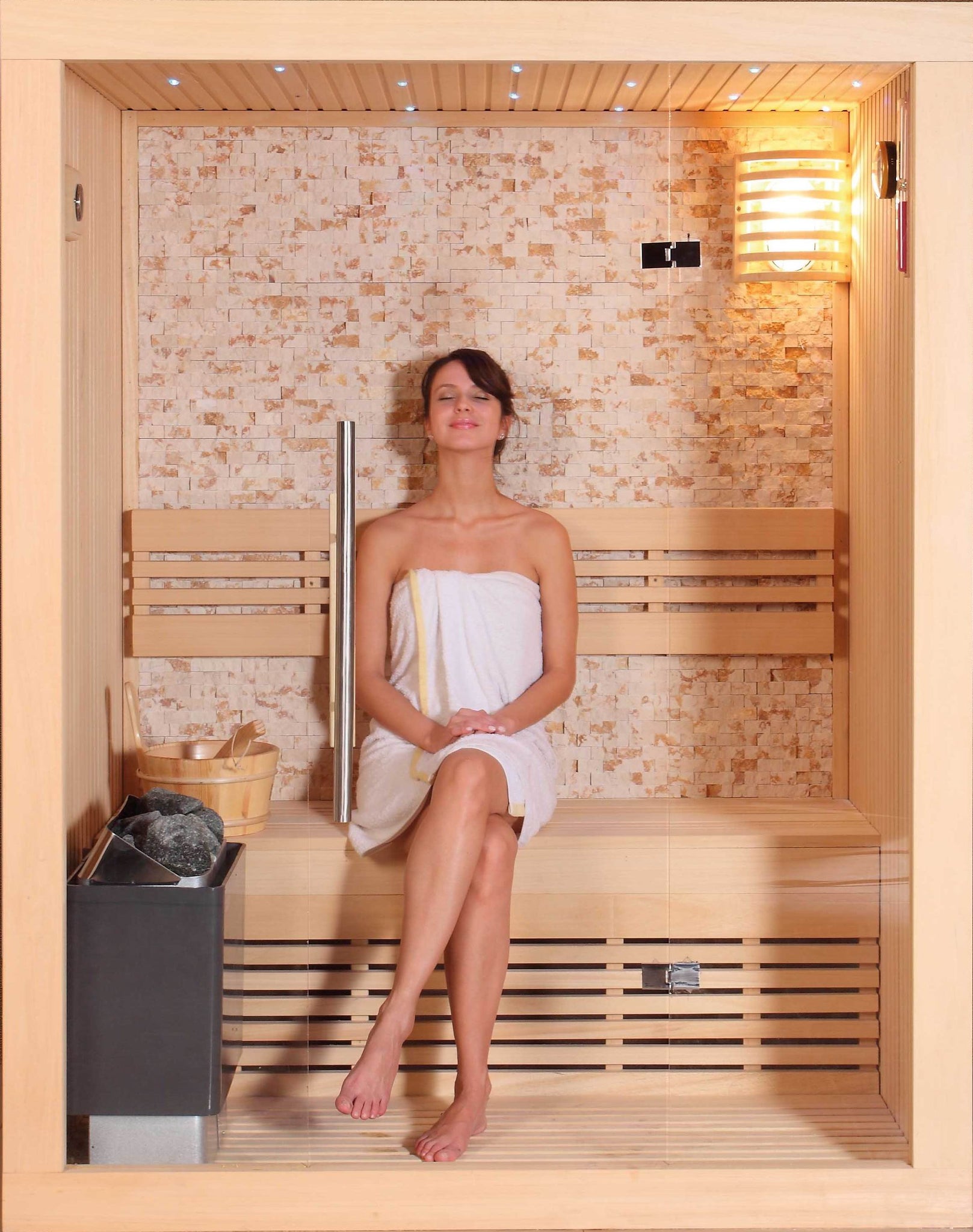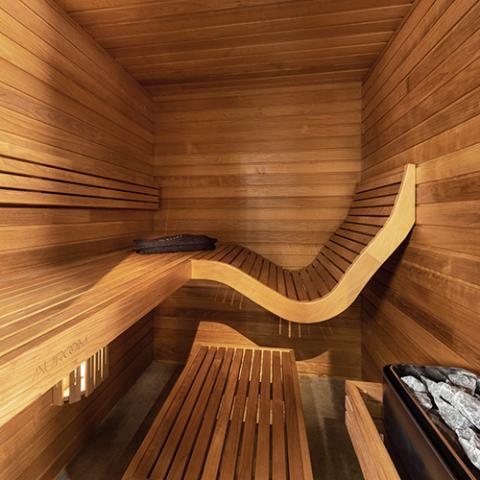The 9-Second Trick For Traditional Sauna
The 9-Second Trick For Traditional Sauna
Blog Article
Getting My Traditional Sauna To Work
Table of ContentsIndicators on Traditional Sauna You Need To KnowFacts About Traditional Sauna UncoveredSome Known Details About Traditional Sauna Some Known Factual Statements About Traditional Sauna The smart Trick of Traditional Sauna That Nobody is Discussing
Most of the weight shed in a sauna is water loss and is re-gained upon rehydrating. Nevertheless, without an uncertainty sauna can be an important component of a healthy and balanced weight loss program. To consider the distinctions between standard and IR saunas, I will separate these into proven, theoretical, and made differences.Hence, the best point in the saunawhich goes to the ceiling directly over the sauna heateris generally between 185 and 190 F. Claims that a traditional sauna surpasses 200 F is simply not real and not suitable for electric saunas marketed in the United States. The temperature for a far-infrared sauna is typically established between 120 and 140 F; nonetheless, unlike the conventional sauna, the goal in and IR area is not to attain a heat.
Due to this, the temperature level distinction is practically unnecessary, considering that profuse sweating leads to both sauna kinds, however the approach of warming the body is various. In an IR sauna the bather will certainly really feel warm and will certainly sweat profusely, yet at much lower temperatures. Traditional Sauna. Thus, if the goal is to spend longer durations of time in the sauna, the IR sauna is an excellent choice

About Traditional Sauna

When the high temperature is attained, the components cycle on and off to maintain the heat. Traditional Sauna. Many standard sauna users enjoy pouring water over the rocks to produce steam to increase sauna humidity levels. The benefits of putting water over the rocks consist of: making the room a lot more comfy, moistening the nasal flows, and allowing the use of aromatherapy by mixing important oils with the water
In a far-infrared sauna, the warm front permeate the body to successfully heat up the body and elevate the body core temperature level. To achieve this raised temperature, Far-infrared emitters produce infrared energy which is close to the very same wavelength as that which the body normally emitsoften referred to as the "Vital Variety" of 7 to 14 microns), so the power is well gotten by the body.
When the power goes into the body, it creates the body temperature to increase and inevitably leads to perspiration. In an infrared sauna it is necessary for the emitters/heaters to continue to be on practically regularly. Considering that there is no mass of rocks to keep heat, the sauna will certainly cool down if the emitters closed off.
Rumored Buzz on Traditional Sauna
As discussed over, the sauna bather in an infrared room desires to place himself in front of operating emitters to get optimal gain from the warm. The heating time for both spaces can be very various, depending upon exactly how the rooms are made use of. For a typical sauna, a bather needs to permit 30-40 minutes for the room to attain a desired temperature level and to appropriately pre-heat the rocks.
A well constructed sauna will generally attain a temperature of 150-160 F in about 30-40 minutes. For hotter temperature levels, the space might need to warmth see this page for a longer period.

Typical saunas often tend to be bigger (thus utilize more electricity) than infrared saunas, although typical saunas are absolutely readily available in one and two person dimensions. For a two-person typical sauna, 5x6 or 5x7 dimension is most prominent. The top bench can comfortably seat 2 or three people and is also long sufficient to rest during the sauna session.
The Buzz on Traditional Sauna
The typical cost per kWH of electricity in the U.S. is approximately $0.11 - Traditional Sauna, so a 4.5 kW heater will set you back approximately $.50 to compete one hour, if the heating system runs continually for one hour. Usually a sauna heater will run for 75% of the very first hour and 50% of subsequent hours on given that the aspects cycle once the established temperature is attained
A two individual far-infrared area is typically literally smaller sized than a standard sauna, frequently concerning 4' x 4' or smaller sized. The IR furnace is typically 1.5-1.7 kW making use of a 120 volt 15 amp plug-in solution. Since the room can be used earlier than a sauna area, we will certainly presume the space is utilized for to of an hour consisting of warm up time.
There is a seldom talked about distinction in the social experience between the link two areas. While our culture has actually lost a few of the social advantage of the standard sauna experience, it can be extremely socially rewarding. From family members time in the sauna, to heart-felt discussions with considerable others, to sauna partiesthe conventional sauna experience can cause intimate mingling.
The Main Principles Of Traditional Sauna
A lot of greater end infrared This Site spaces include colored light therapy, audio systems and full-glass fronts.
Report this page